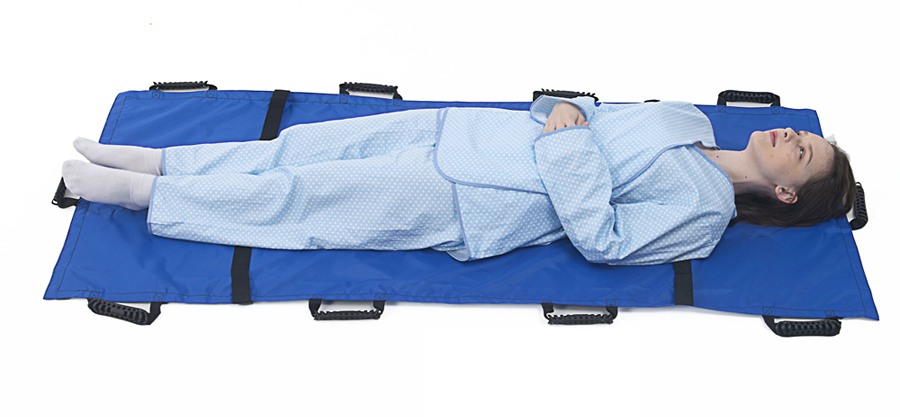Disasters can strike without warning, turning a calm healthcare environment into a chaotic scene in an instant. Whether it’s a fire, earthquake, or flood, ensuring patient safety during such events is a top priority for medical facilities. One tool that plays a pivotal role in this effort is the evacuation sheet. These innovative devices are designed to protect vulnerable patients by facilitating safe and efficient evacuations. In this post, we’ll explore how evacuation sheets contribute to patient safety during disasters and why they’re an essential part of emergency planning in healthcare.
1. Understanding Evacuation Sheets
Evacuation sheets are durable, lightweight sheets placed beneath a patient’s mattress, equipped with straps or handles for easy maneuvering. Unlike traditional evacuation methods that involve lifting or transferring patients to stretchers, these sheets allow staff to move patients directly from their beds to safety. Made from sturdy materials like reinforced nylon, they are built to withstand the rigors of emergency situations while keeping patients secure.
2. Minimizing Risk During Evacuation
During a disaster, moving patients—especially those who are bedridden, elderly, or critically ill—can be fraught with risks. Manual lifting or improper transfers can lead to falls, injuries, or exacerbation of existing conditions. Evacuation sheets mitigate these dangers by providing a stable platform that keeps patients securely in place as they’re moved. The straps ensure patients remain stationary, reducing the likelihood of harm during rapid evacuations.
3. Speeding Up the Evacuation Process
In emergencies, time is critical. The longer it takes to evacuate patients, the greater the risk to their safety. Evacuation sheets streamline the process by eliminating the need for complex transfers. Staff can quickly secure the straps and slide the patient, along with their mattress, out of danger. This speed is especially vital in scenarios like fires or structural collapses, where every moment counts.
4. Protecting Vulnerable Populations
Patients with limited mobility, such as those in intensive care units or long-term care facilities, are particularly at risk during disasters. Evacuation sheets are tailored to meet their needs, offering a safe and reliable way to move them without causing distress or injury. For example, a patient on a ventilator can remain in their bed with minimal disruption, ensuring continuity of care even during an evacuation.
5. Reducing Staff Strain and Injury
Healthcare workers face significant physical challenges when evacuating patients manually, often risking back injuries or fatigue. Evacuation sheets alleviate this burden by requiring fewer staff members to move a patient and reducing the need for heavy lifting. This not only enhances patient safety but also protects the well-being of the staff, allowing them to focus on other critical tasks during a disaster.
6. Enhancing Disaster Preparedness Plans
Incorporating evacuation sheets into a healthcare facility’s disaster preparedness plan strengthens its overall effectiveness. They provide a standardized, easy-to-use solution that can be deployed across wards, ensuring consistency in emergency responses. Regular training with these sheets also prepares staff to act confidently and efficiently, further bolstering patient safety when disaster strikes.
7. Real-World Impact
Consider a hospital facing a sudden fire: smoke is spreading, and visibility is low. Without evacuation sheets, staff might struggle to move bedridden patients quickly, increasing exposure to danger. With evacuation sheets in place, patients can be swiftly and safely transported to an exit, minimizing harm. Real-world examples like these highlight how this tool can be a lifesaver in chaotic conditions.
8. Conclusion: A Safety Net for Patients in Crisis
When disaster strikes, patient safety hangs in the balance. Evacuation sheets serve as a critical safety net, offering a fast, secure, and practical way to protect those who cannot protect themselves. By reducing risks, speeding up evacuations, and supporting both patients and staff, they play an indispensable role in healthcare disaster management. As facilities look to strengthen their emergency protocols, evacuation sheets stand out as a simple yet powerful solution for keeping patients safe when it matters most.

